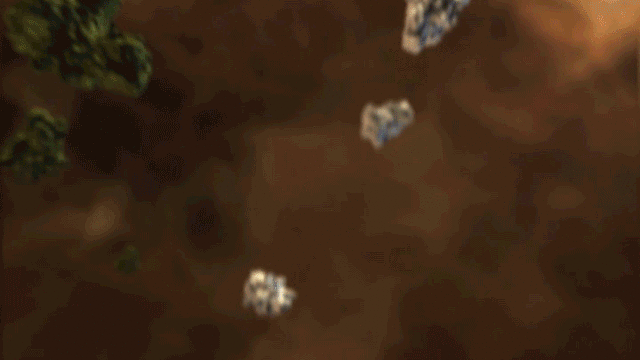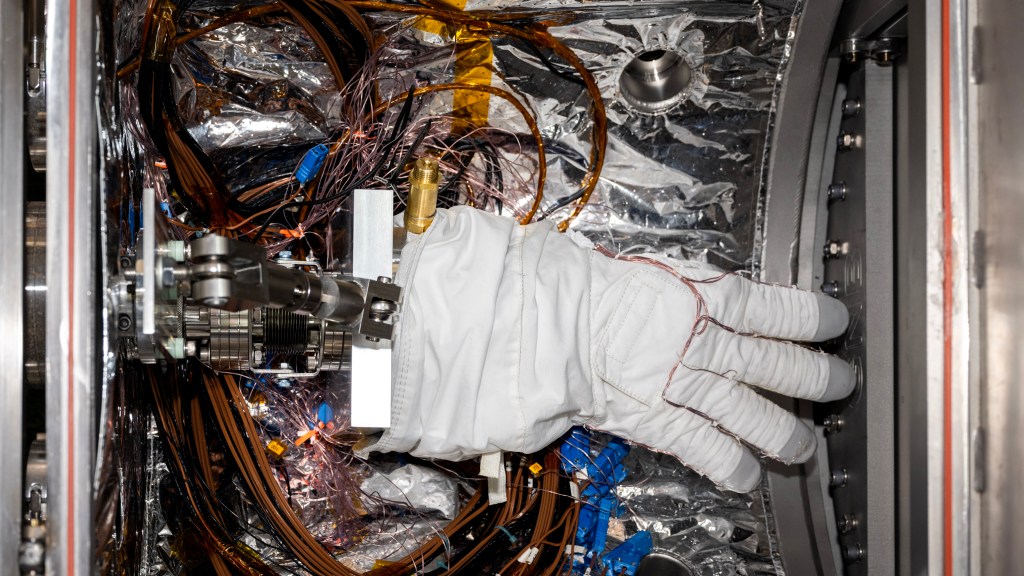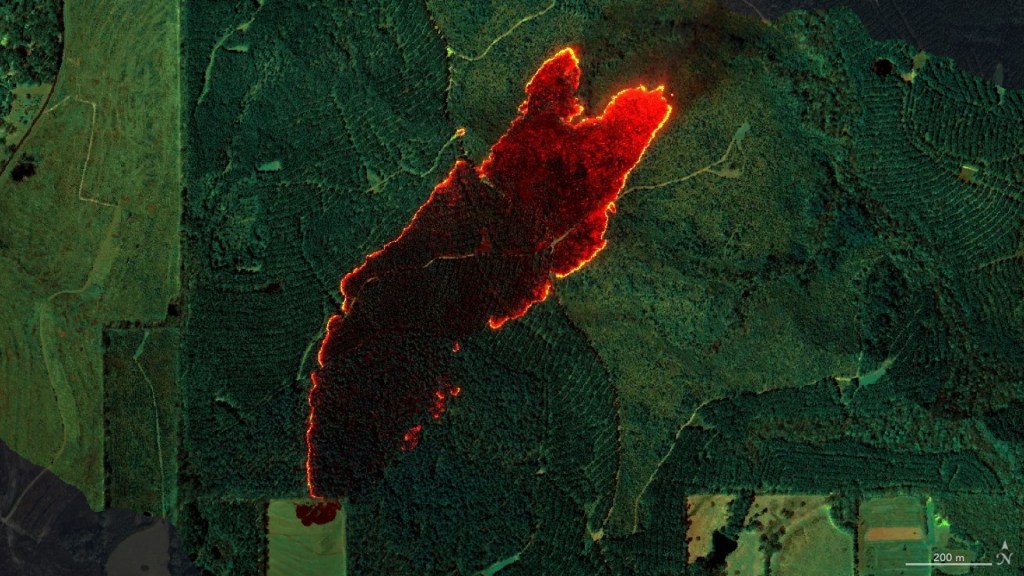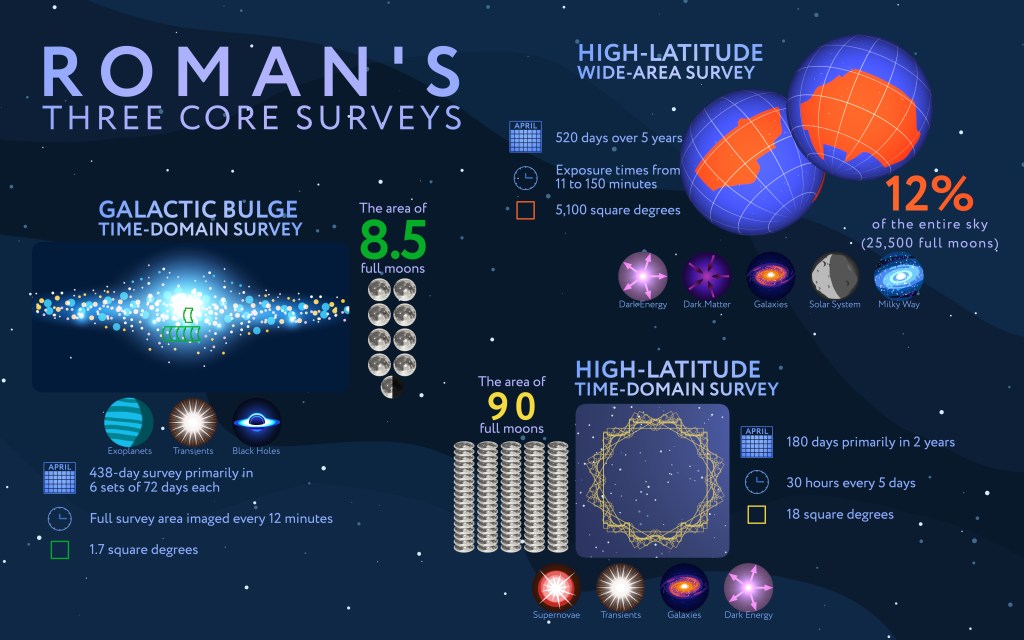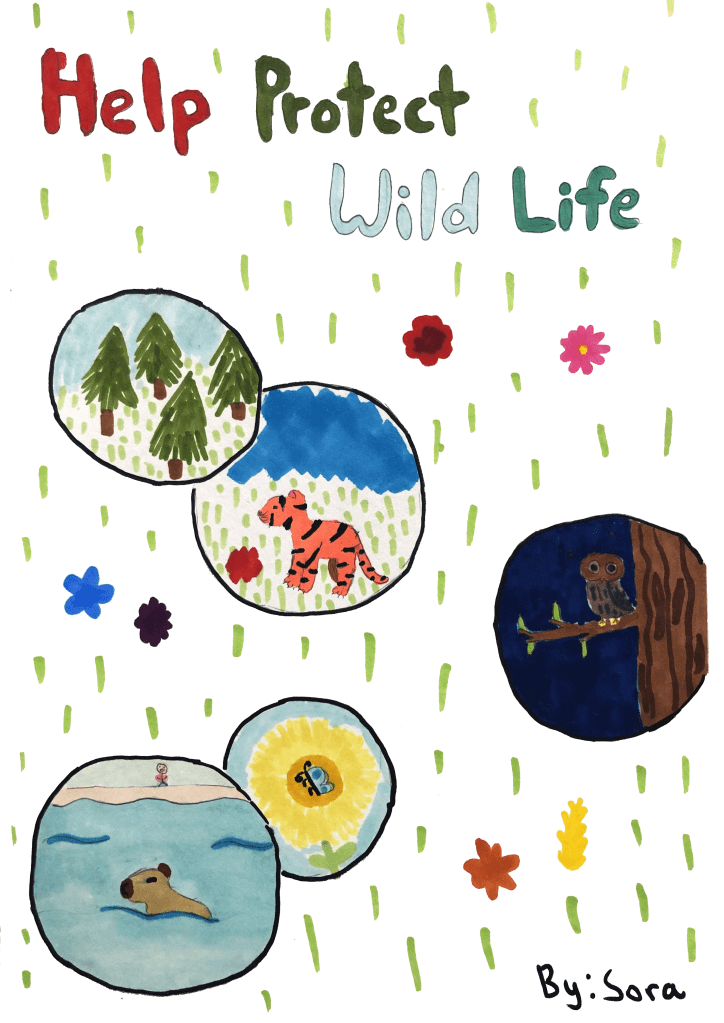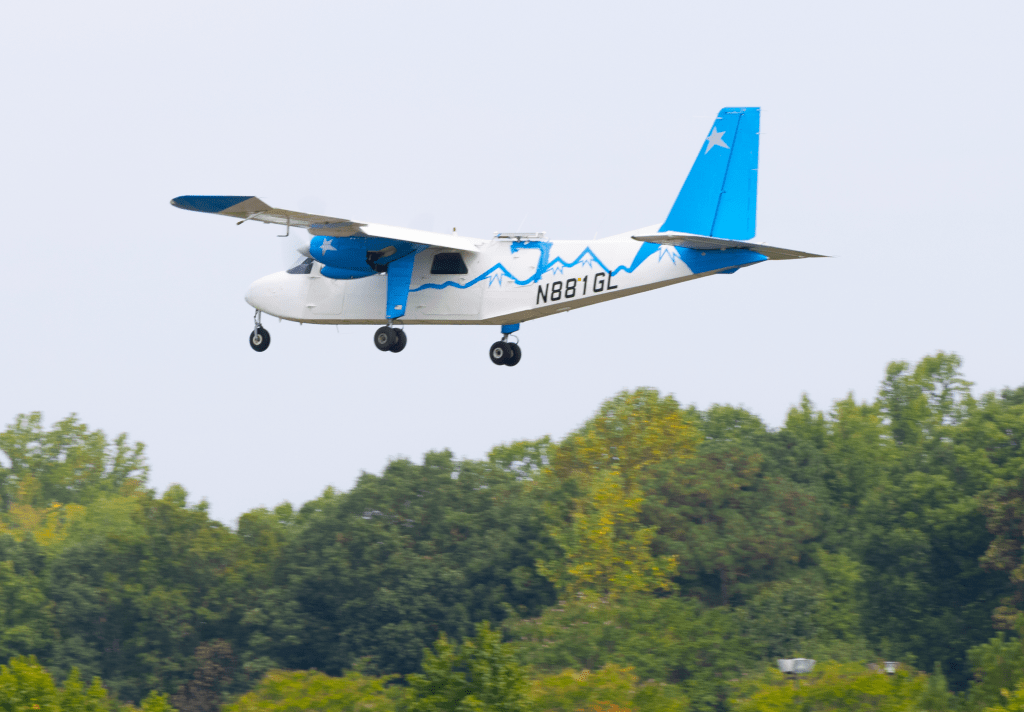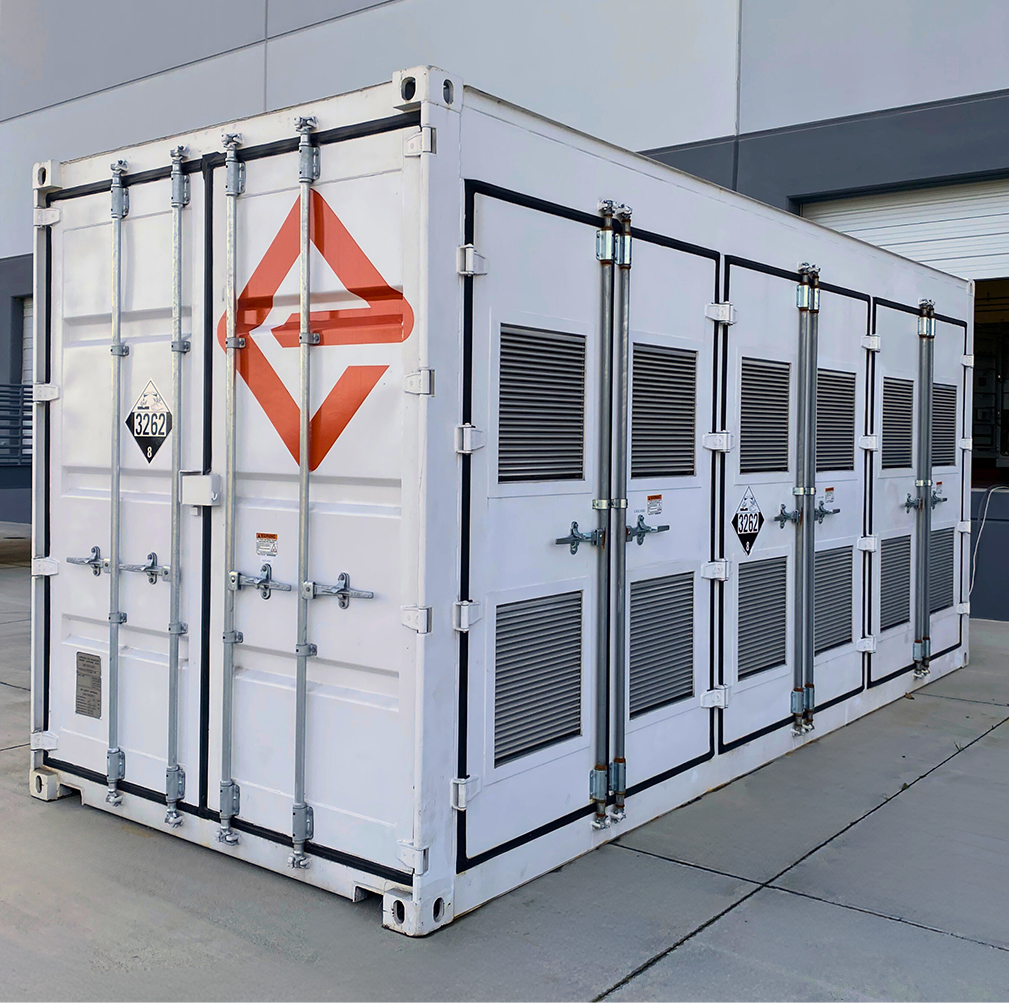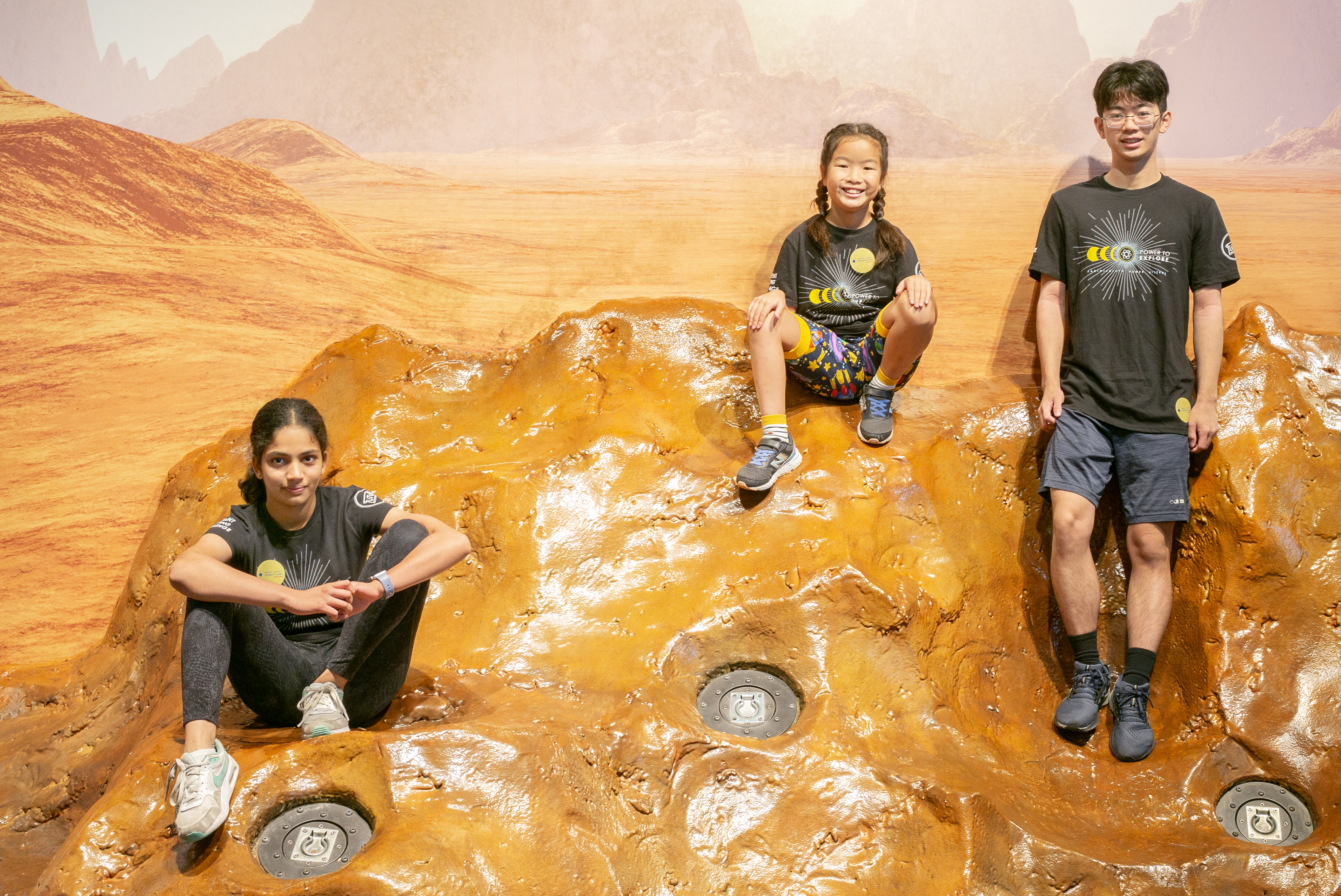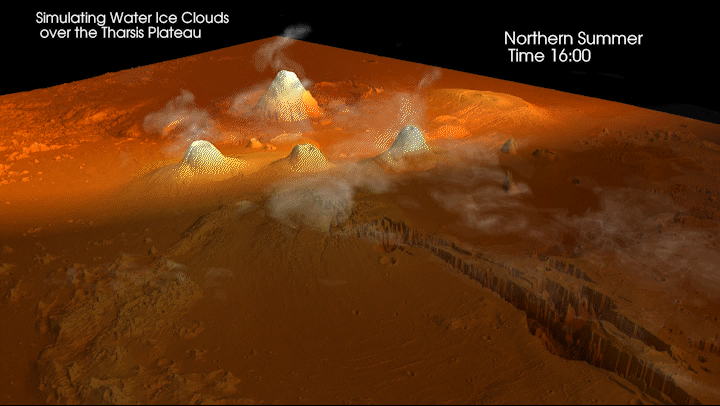
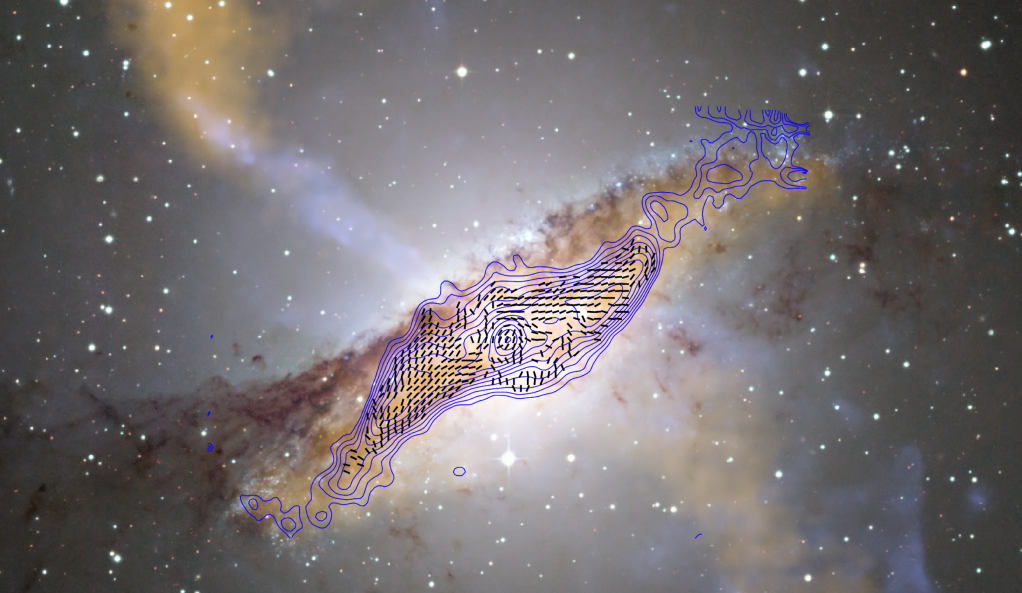
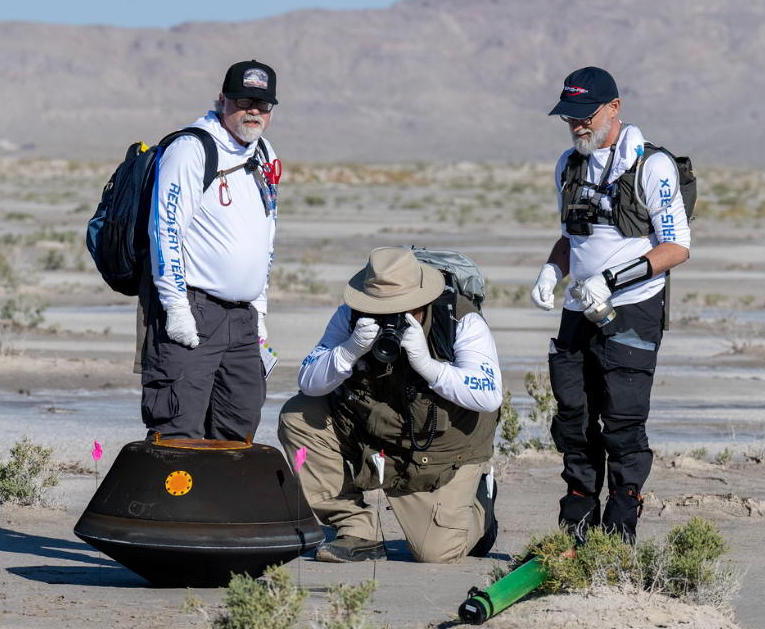
Space Science and
Astrobiology at Ames
The Space Science and Astrobiology Division provides science leadership and stewardship that enhances and enables the NASA community to make new scientific and technical discoveries, thus assuring the success of NASA’s strategic goals and space missions.
Astrobiology at Ames
meet the Space science and astrobiology division management team
Explore Our Universe
Visit the Space Science and Astrobiology Division Branch pages
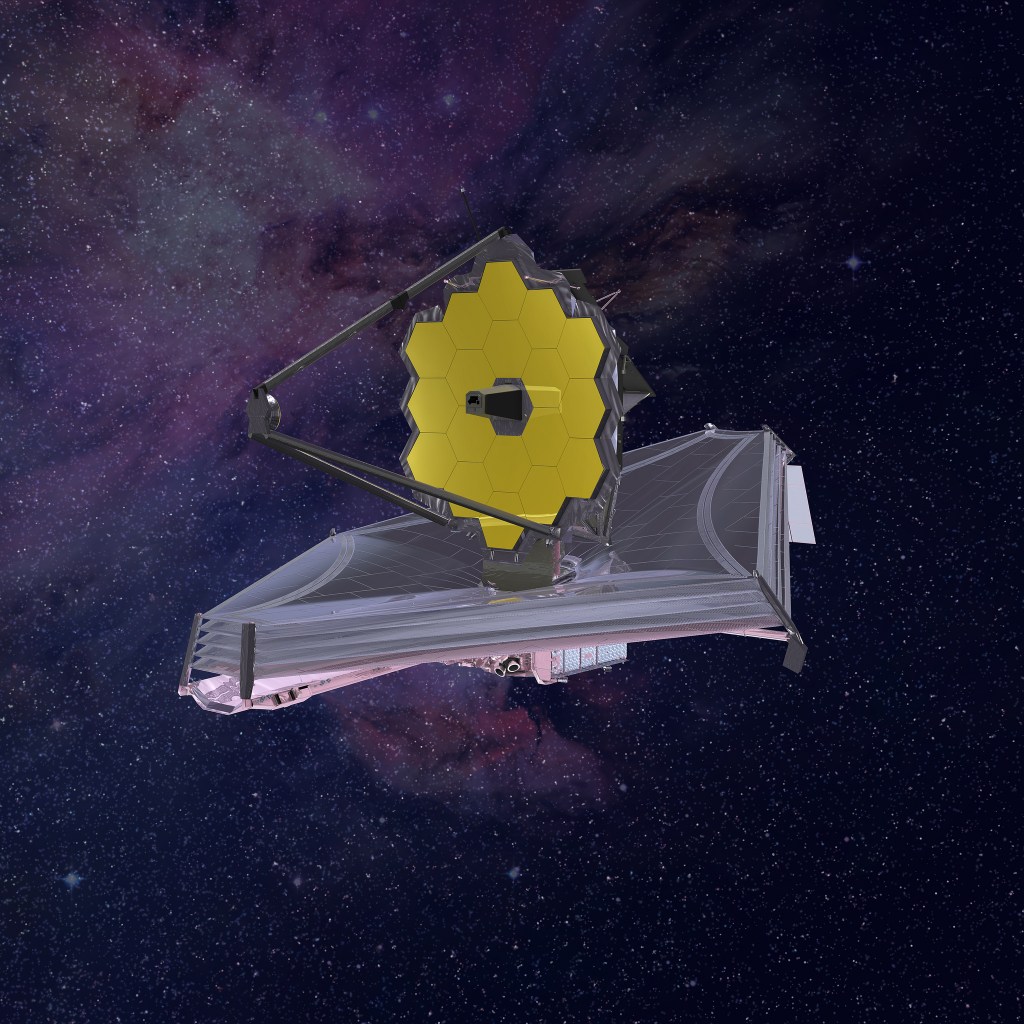
Astrophysics
Research in astrophysics, astrochemistry, quantum chemistry, star and planet formation, galaxy formation, and exoplanet imaging technologies to support NASA missions.
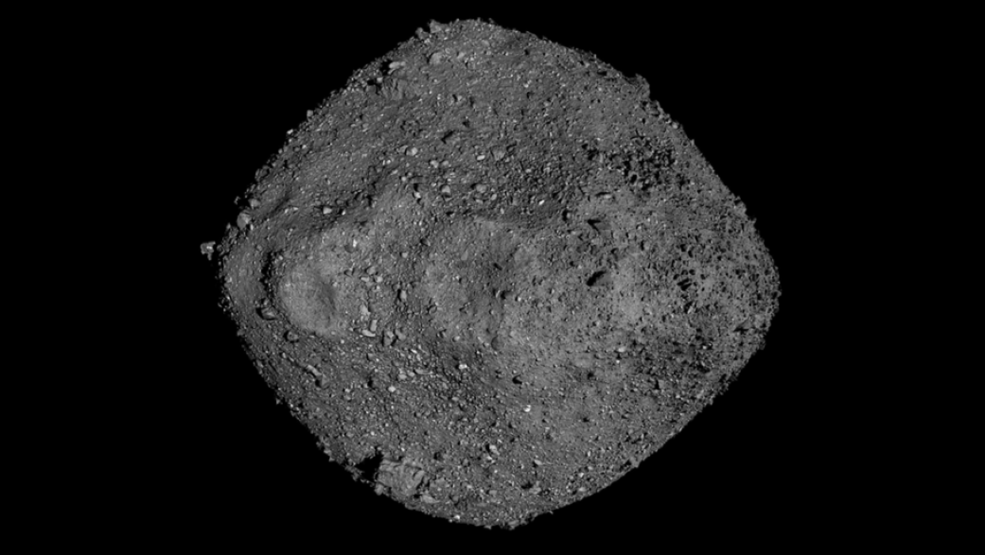
Planetary Systems
Research on the origins of stars and planetary systems, their evolution and formation, their environment, and the interdisciplinary area of astrobiology.
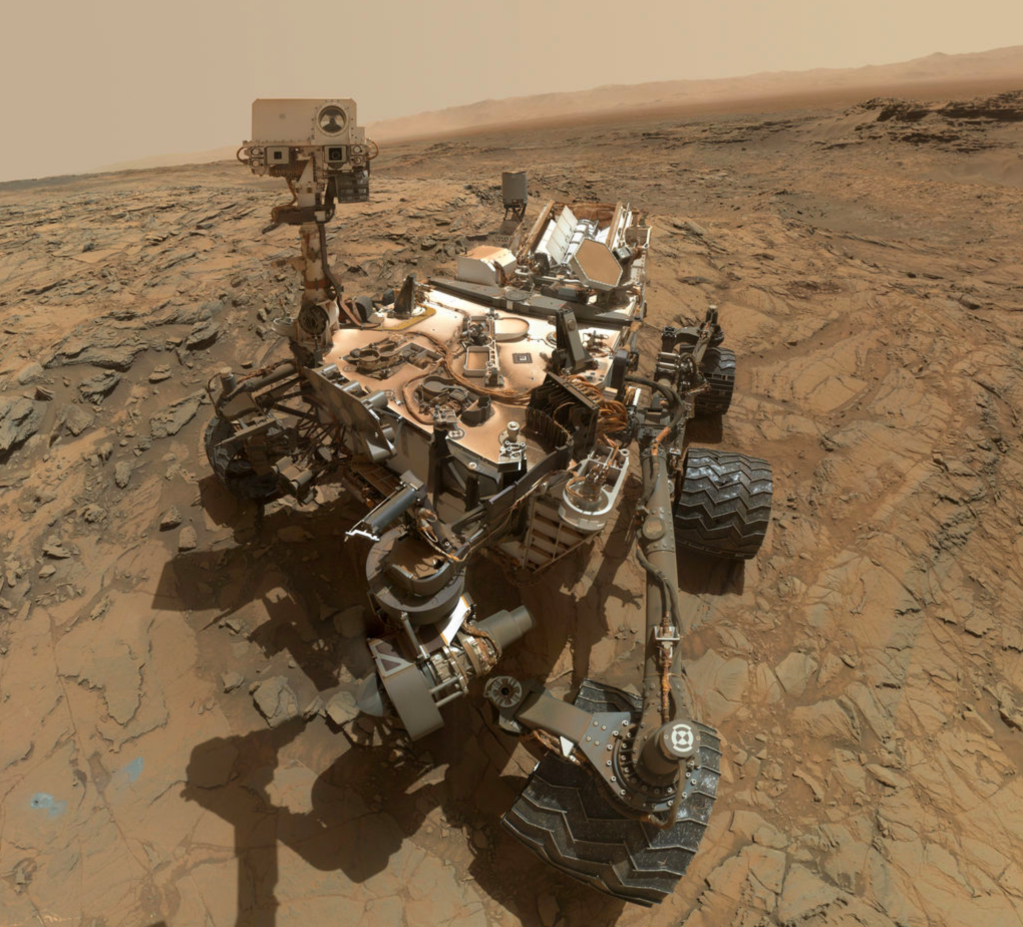
Exobiology
Research to understand pre-biotic chemistry and the origin, evolution, distribution, and future of life in the Universe.
About Us
Explore the staff and work of the Space Science Division.
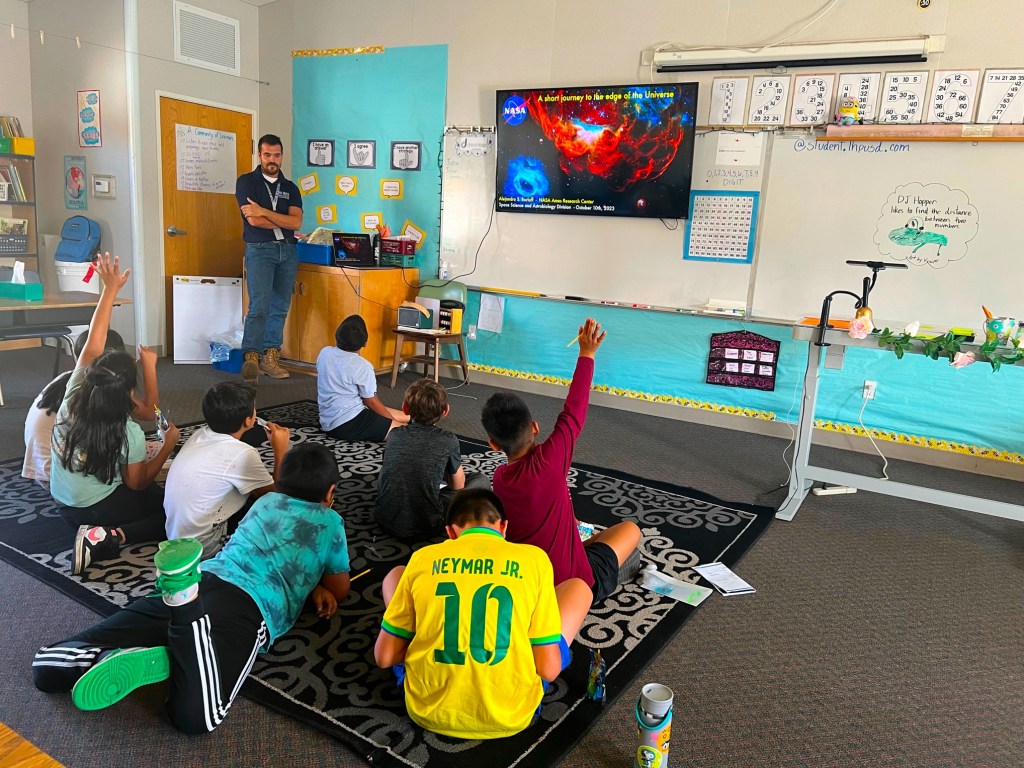
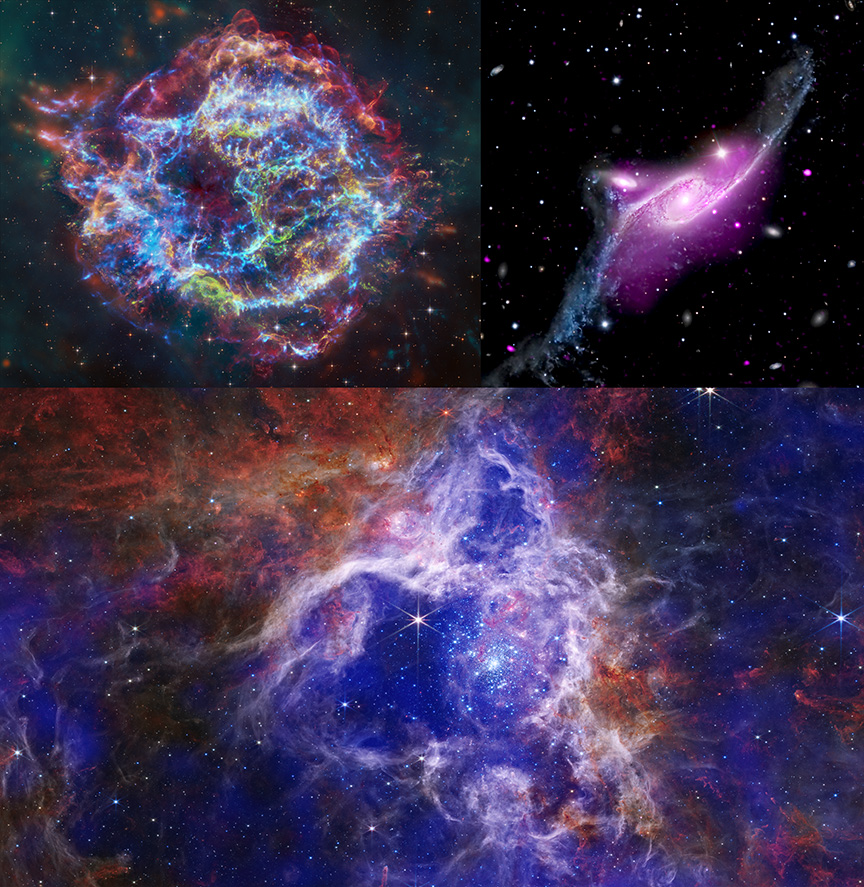
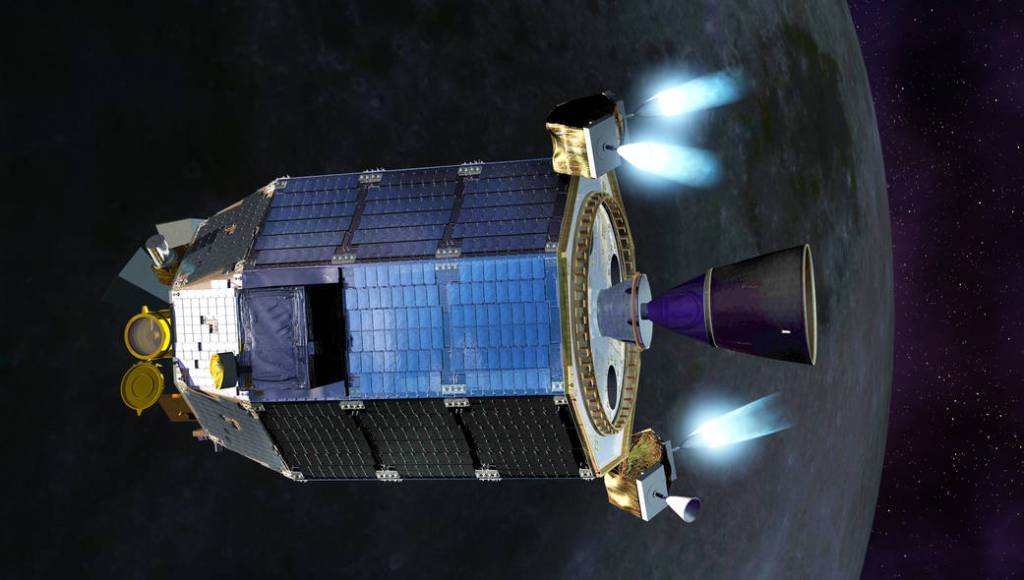
How We Work
Learn how we accomplish our research in Space Science and Astrobiology.
Research Teams
Explore the Various Interdisciplinary Research Teams at Ames
Find and Learn About Teams by Topic about Research Teams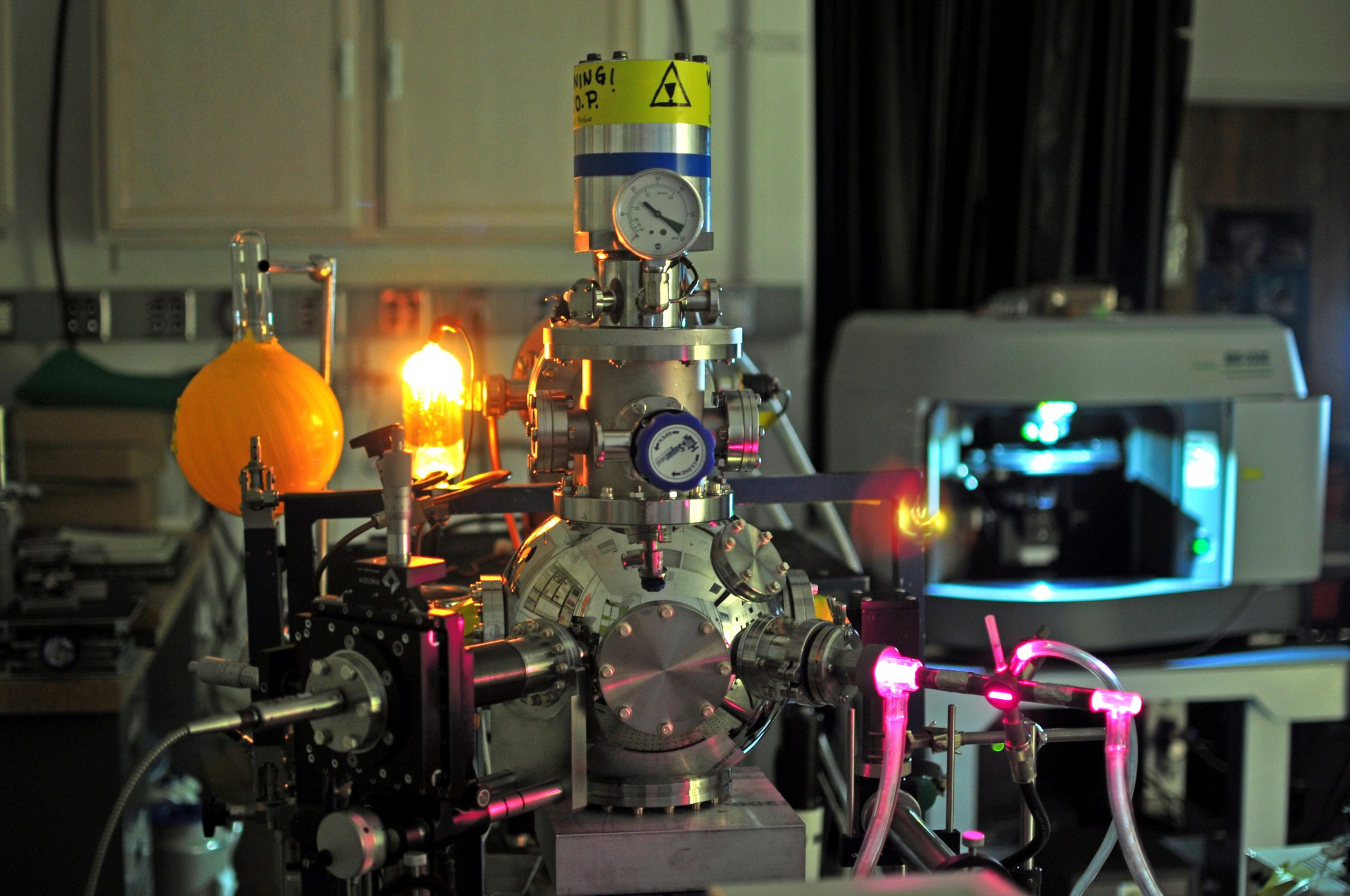
News, Features, and Publications
Explore Space Science and Astrobiology at Ames:
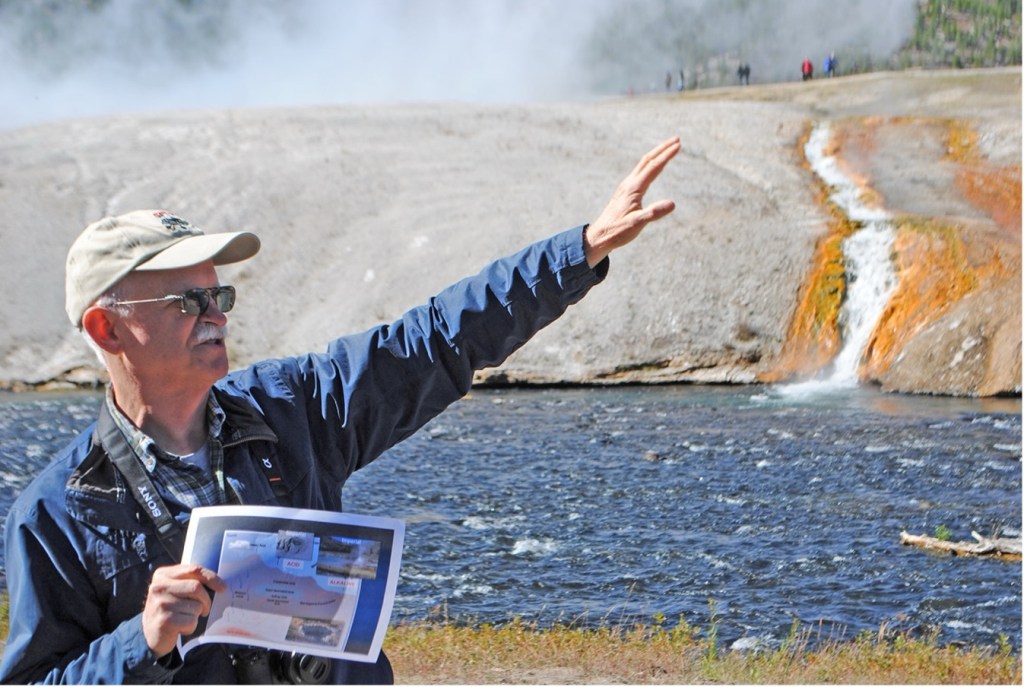
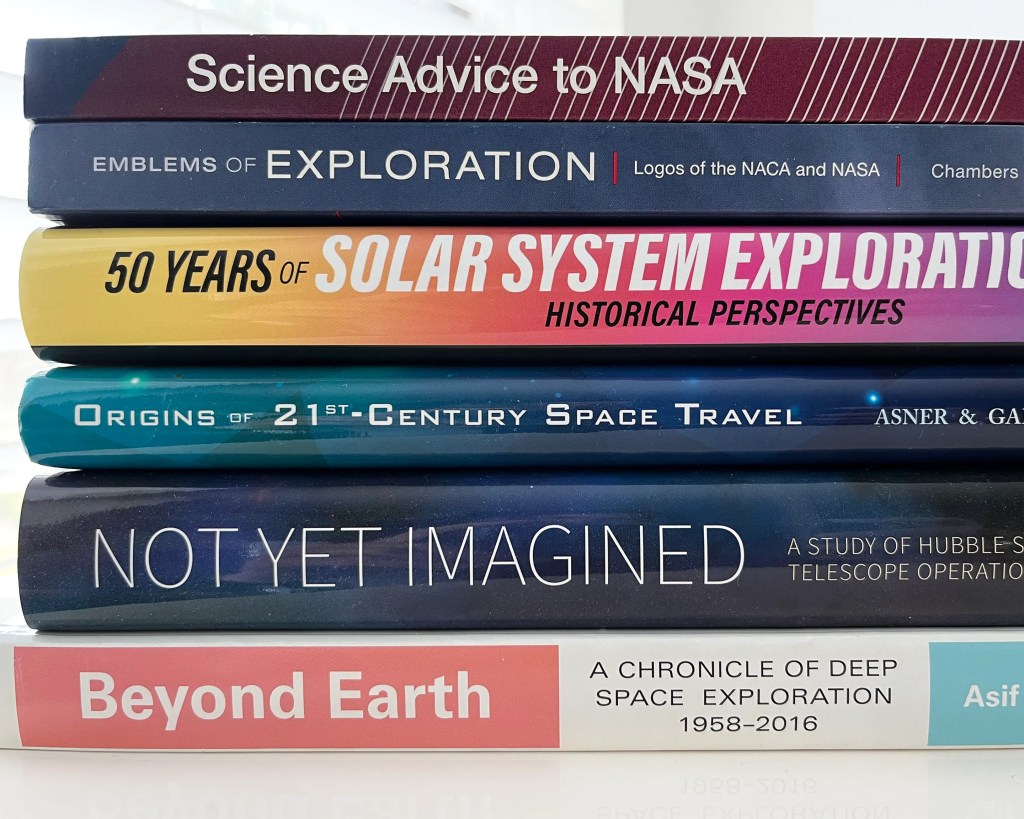
Publications
View current and past publications done by members in Space Science and Astrobiology.
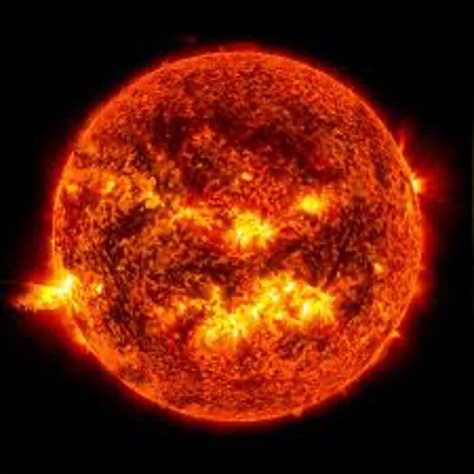
Science Nuggets
Bite-sized, single-page summaries of recent science results, mission highlights, and outreach activities.
Quick Reads on the Latest Research